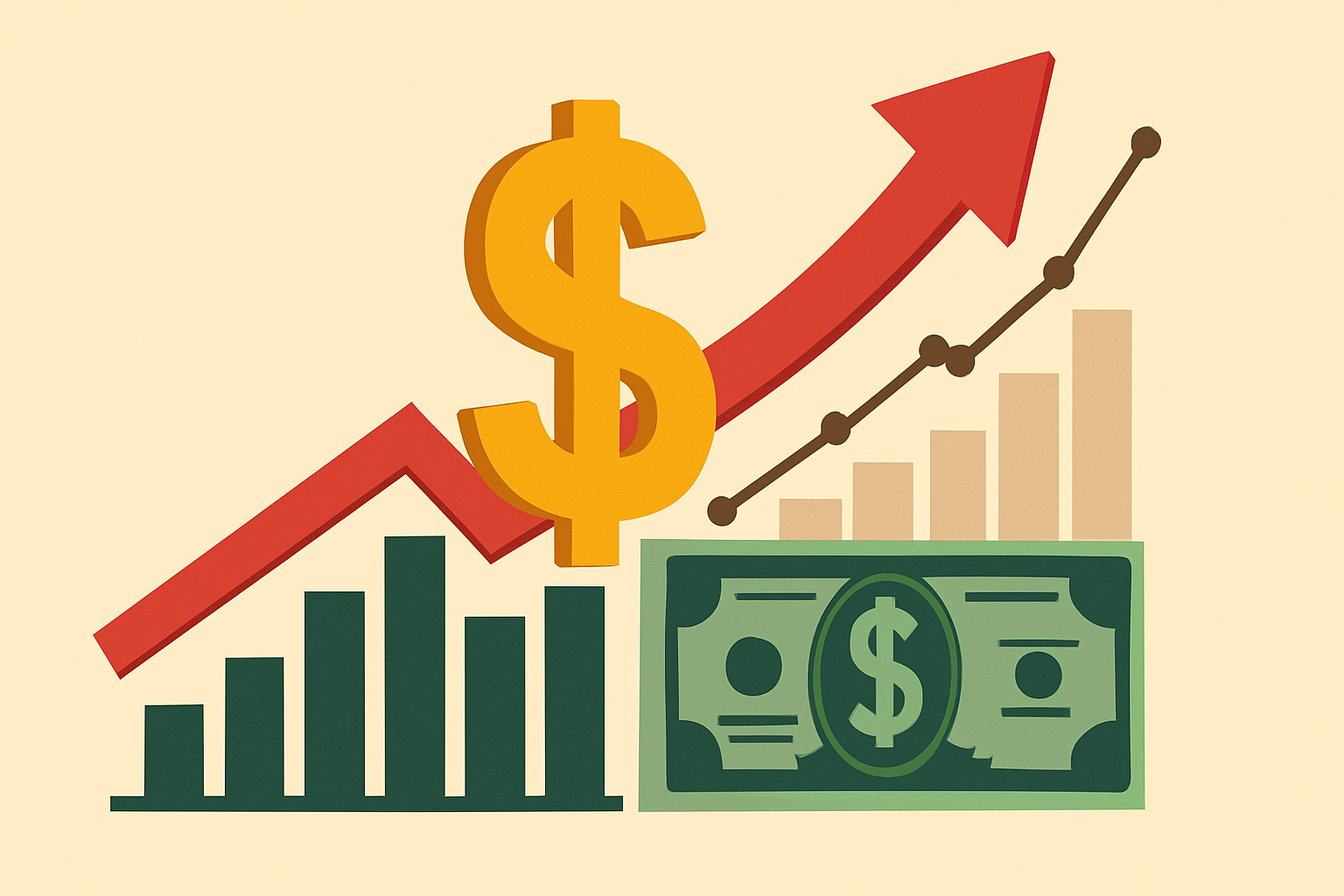After enduring its worst start to a year since 1973, the U.S. dollar has regained some momentum, buoyed by stronger-than-expected economic data and a resilient labor market. The rebound has eased concerns over the currency’s long-term outlook amid a backdrop of trade tensions and political pressure on the Federal Reserve.
Dollar Gains Amid Economic Strength
The dollar index, which measures the currency’s performance against a basket of major peers, rose 1.6% in July, setting it on track for its first monthly gain of 2025. This comes after a sharp decline in the first half of the year, driven by investor fears that President Donald Trump’s escalating tariff policies and surging U.S. debt levels would hinder economic growth.
However, a series of strong economic indicators has renewed confidence in the dollar. The U.S. economy added 147,000 jobs in June, surpassing forecasts and demonstrating resilience in the face of new import levies. Annual inflation also came in at 2.7%, higher than expected, suggesting consumer prices are rising despite the tariff burden.
“The U.S. economy and labor market are holding up better than feared,” said Lee Hardman, senior currency analyst at MUFG. “This allows the Fed to keep rates steady despite pressure from the Trump administration.”
Interest Rate Outlook Adjusts
Stronger economic data has prompted a shift in market expectations regarding future interest rate policy. Traders now anticipate one or two additional quarter-point cuts from the Federal Reserve by the end of 2025, down from two to three expected earlier this month.
“The Fed will not be in a rush to resume easing,” noted analysts at Brown Brothers Harriman, citing the unexpectedly solid growth figures.
This change in sentiment has helped stabilize the dollar, even as Trump’s public criticism of Fed Chair Jay Powell and hints at possible dismissal briefly unsettled currency markets.
Risks Remain, but Outlook Improves
While optimism has returned, several underlying risks persist. Trump’s attacks on the Fed’s independence could reignite investor anxiety if they intensify. Additionally, new tariffs on key trading partners, including the EU and China, are scheduled to take effect in early August unless new agreements are reached.
Still, some analysts believe the worst may be over for the dollar in the short term.
“We remain medium-term bearish on the dollar, but a summer rally is increasingly possible,” said analysts at Bank of America.
Others predict a more sustained recovery. Flavio Figueiredo, global head of FX at Citi, argued that as uncertainty around trade policy lifts, markets will shift focus back to U.S. growth fundamentals.
“All of that will drive growth in the U.S.,” he said. “I think that is going to be positive for the dollar.”
Euro Weakens as Momentum Fades
Meanwhile, the euro — which surged past $1.18 earlier this year — has lost some steam. Analysts attribute the shift to European Central Bank (ECB) officials’ warnings about the currency’s strength and market fears surrounding Trump’s proposed 30% tariffs on EU imports.
As a result, investors have pivoted towards betting on a weaker euro. According to CME Group, volumes of put options (bets on a falling euro) have surpassed call options (bets on a rising euro) this month.
“There was probably some excitement about [the euro] reaching $1.20,” said Francesco Pesole, FX strategist at ING. “But the data simply moved in the opposite direction.”
Conclusion
The U.S. dollar has shown unexpected resilience in July, supported by solid economic performance and revised market expectations regarding monetary policy. While geopolitical risks and trade policy uncertainties remain, investors appear more willing to re-engage with the greenback, at least in the short term. As global currency markets continue to adjust, the strength of the U.S. economy remains a crucial anchor for dollar performance.


